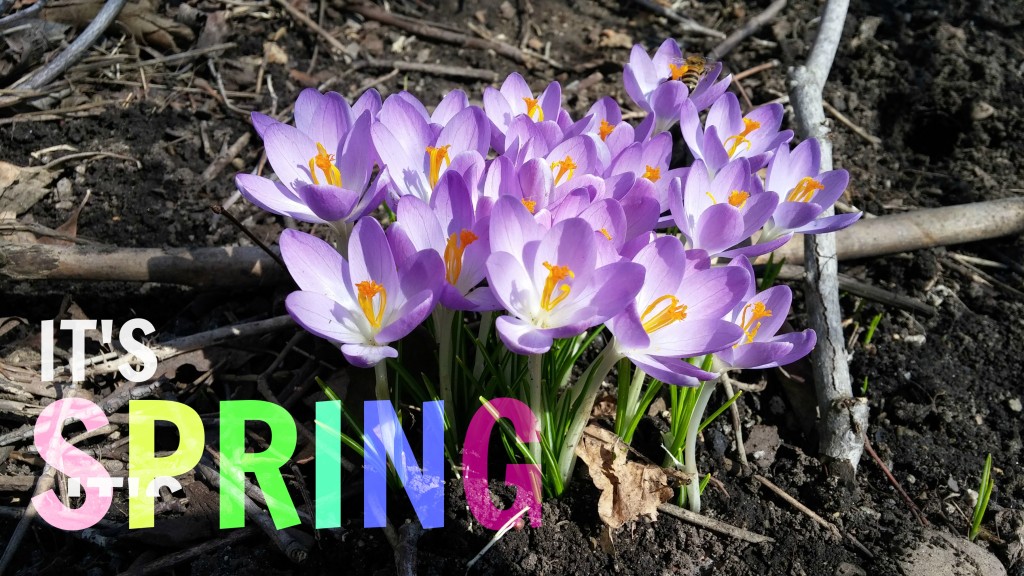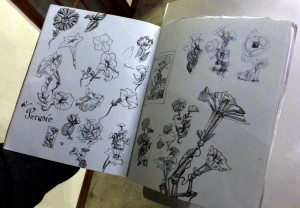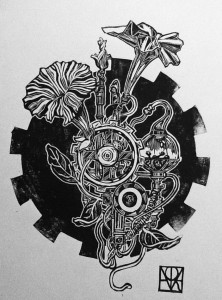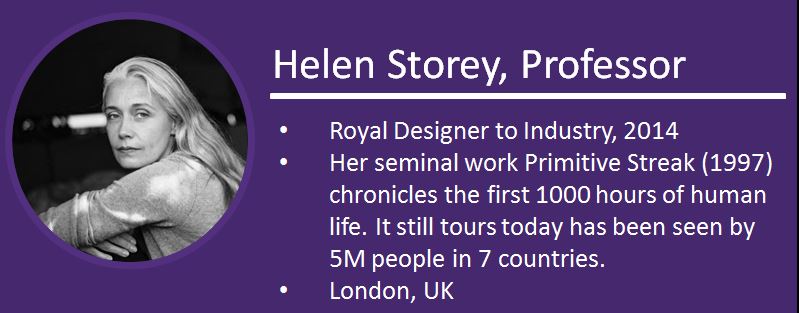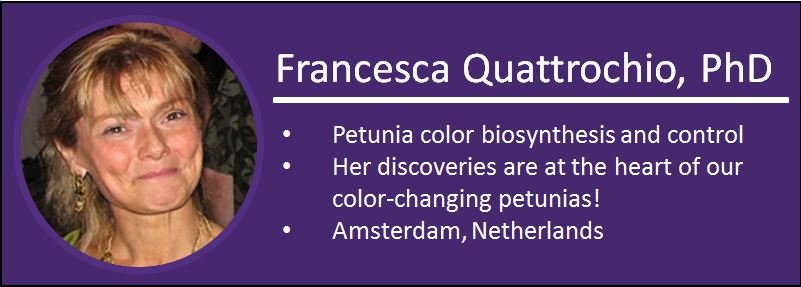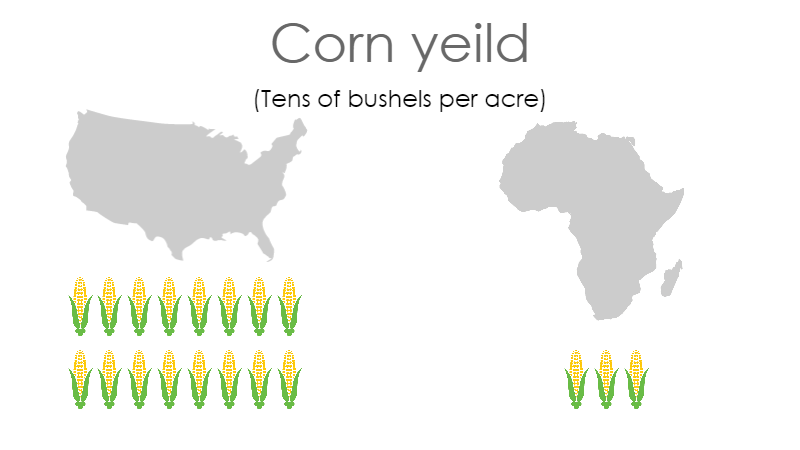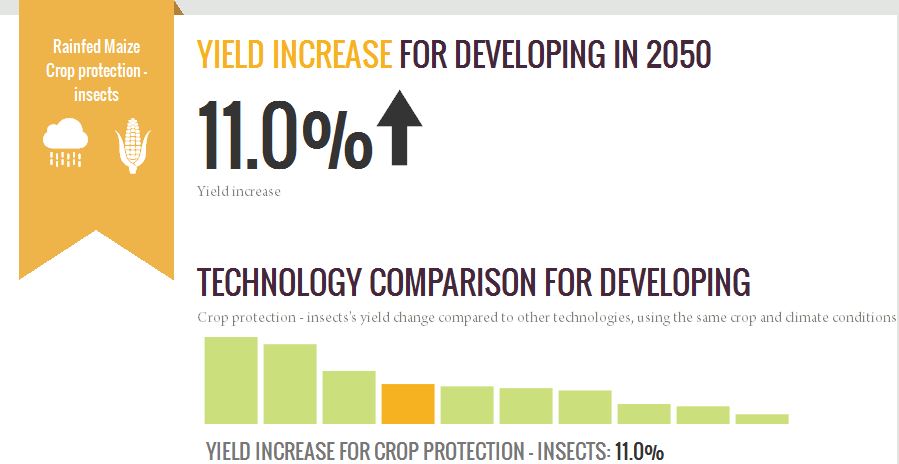 We have a great guest post from Brad Hofmann, founder of Head First. Brad has melded his extensive professional expertise in counseling psychiatry and university-level basketball and baseball coaching to develop an exciting program of mental preparation and performance coaching for all aspects of life- business, parenting, group dynamics, etc. He shared with us some of his thoughts on goal setting related to the business world.
We have a great guest post from Brad Hofmann, founder of Head First. Brad has melded his extensive professional expertise in counseling psychiatry and university-level basketball and baseball coaching to develop an exciting program of mental preparation and performance coaching for all aspects of life- business, parenting, group dynamics, etc. He shared with us some of his thoughts on goal setting related to the business world.
*****************
Many people have goals, but the way they organize and/or approach those goals can be inefficient or even counter-productive. The good news is that a few simple tools can help you formalize your goals and keep your focus on goal achievement.*
First off, keep in mind two types of goals:
Result goals are end points — what people often think of when they set goals.
Example: If you are giving a sales presentation, your result goal would likely be to make the sale.
Process goals are the steps that you decide you must take to accomplish the result goal.
Example:
Your process goals for the sales presentation might be:
- to research your potential buyer and his/her company thoroughly prior to the presentation
- to set up a relevant demonstration of your product
- to utilize breathing and relaxation techniques to help you stay calm and focused so you project confidence during your presentation.
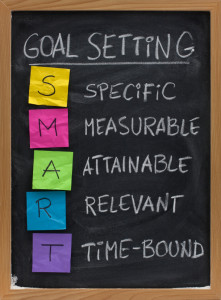
(Note: These are rudimentary examples. If I were working with this person, I would likely suggest these preliminary goals be turned into SMART goals –Specific, Measurable, Attainable, Relevant and Time-bound.)
Sometimes, even people who have a strong grasp of and focus on their result goals have only a vague understanding and/or focus on process goals, which can be their downfall.
Your day-to-day focus should be on your process goals rather than your result goals. Process goals focus on your actions (which are completely under your control), rather than the results (which often are not).
Example: You do control your research, your demonstration, and your breathing and relaxation.
You do not control whether the client has the money for a purchase (or whether their boss decides she wants to buy from her brother-in-law instead of you) and so you do not have complete control over whether your presentation leads to a sale.
Many people judge their success or failure solely on the end results and thereby lose out on the satisfaction and confidence that can arise from process goal victories.
Example: if you gave a good, relevant demonstration and projected confidence by staying calm and focused, you should celebrate your own success even if the end result of this presentation was not a sale (this will help you in the next presentation).
Focusing on process goals lets you measure your success based on your own actions (i.e., achievement of process goals) rather than evaluating yourself solely on end results or the opinion of others. Taking control over your own success vs. failure can make you more resilient when positive end results are not immediate (as is often the case in a new venture).

In addition, when you focus primarily on result goals, you are being future oriented (results lie in the future). Unfortunately, fear also lurks in the future. Having a future-based orientation can bring fear, especially fear of failure, into play. [If you think about being anxious or fearful, it is often caused by concern about what is going to happen next. What if the plane crashes or what if I totally bomb on this presentation?] Fear can severely reduce your effectiveness (wasted time worrying instead of getting things done, wasted energy….) and it can make you less likely to take on a challenge.
Example: You are so focused on the fear of a failing sales presentation that you have trouble getting your preparation research started or you postpone the presentation to avoid potential failure.
Focusing on process goals instead helps you keep your focus on your actions, which occur in the present. The “zone”, which is where you should strive to be working, is found in the present. By focusing on process goals, and staying in the present, you give yourself the greatest likelihood of getting into the “zone”.
I don’t want to leave you with the idea that results and result goals are not important. They absolutely are. To maximize your success, the key is to set specific times to review progress toward a desired result goal so that you can assess whether you have the right process goals in place. In general, focus should remain on process goals aside from these specific, pre-determined times for review of result goals.
* The work of Harvey Dorfman has had a major influence on my views of goals. Although much of Dorfman’s written work on goal setting involves goal setting for athletes, I have found that many of the concepts he discusses are applicable to other types of performance (work, school, social, etc.).

